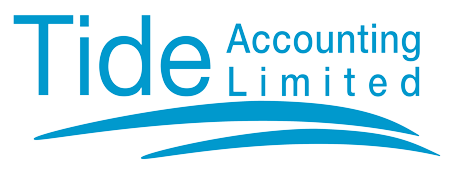Most small business owners are happy, from a financial point of view, if sales are in line with expectations. And there are obvious grounds for this conclusion, after all, if sales dry up there are no funds feeding into cashflow.
Unfortunately, top-line sales are just one aspect of a business that measure bottom-line profitability.
To keep an eye on profitability traders must also monitor costs, and to monitor costs effectively businesses need to create a forecast or budget of future costs and compare actual costs with these numbers.
We encourage business clients to create forecasts on a rolling basis so they can see, in detail, how sales and costs are trending over the next year.
To round off these trading forecasts businesses also need to plot the effects of profit growth on their balance sheets.
Balance sheets gather the profits for the current trading period, add this to any retained profits brought forward and capital you have introduced, and display how this represented by the business assets and liabilities. For example, the value of fixed assets (plant, equipment and vehicles) and current assets (money owed to you, stocks etc), plus bank balances; less liabilities (loans, taxes due, bank overdrafts and so on).
Your balance sheet rounds off your management accounts reporting and together with a statement of profits (compared to forecasts) and cash flow provides you with the financial reporting to manage your business effectively. Making sure your sales are on track is one key indicator of financial well-being, but it is not a complete picture.
If you would like to consider setting up and managing your finances on a regular basis, please call.

